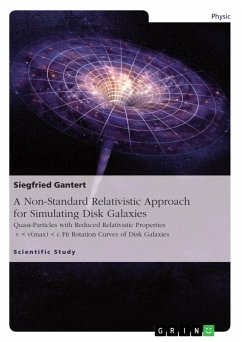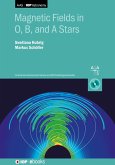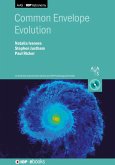Scientific Study from the year 2020 in the subject Physics - Astronomy, grade: -, , language: English, abstract: In the present work, the gravitational discrepancies observed in disk galaxies are explained using a new relativistic theory beyond the standard model of physics. It assumes the existence of bosonic quasi-particles of a scalar field, which reach different relativistic velocities v < v(max) < c depending on her effective mass. The magnitude of the limit velocity v(max) is derived from a hypothetical non-singularity condition of a quasi-particle at the velocity limit. Remarkably, it turns out that a good fit of the rotation curves is usually achieved by a relativistic velocity distribution of a galaxy-specific quasi-particle, where the maximum rotational velocity at the edge of a disk galaxy is approximately equal to the limit velocity v(max). From the relativistic velocity distribution a galaxy-specific halo with limited mass and finite size can be derived. The way dark matter can be characterized with the new approach suggests that entanglement and quantum correlation of quasi-particles plays a crucial role in the formation of a dark matter halo. To verify the model, 12 representative galaxies were selected from the SPARC data set [astroweb.cwru.edu/SPARC/] and evaluated according to the new relativistic model using the least squares regression method. A comparison of the obtained data with the empirical law of the radial acceleration relation shows high agreement. The SBM theory, which is based on a modification of special relativity theory, is applied here as a first-order approximation for bosonic quasi-particles in the asymptotic flat space of disk galaxies.
Dieser Download kann aus rechtlichen Gründen nur mit Rechnungsadresse in A, B, BG, CY, CZ, D, DK, EW, E, FIN, F, GR, HR, H, IRL, I, LT, L, LR, M, NL, PL, P, R, S, SLO, SK ausgeliefert werden.









